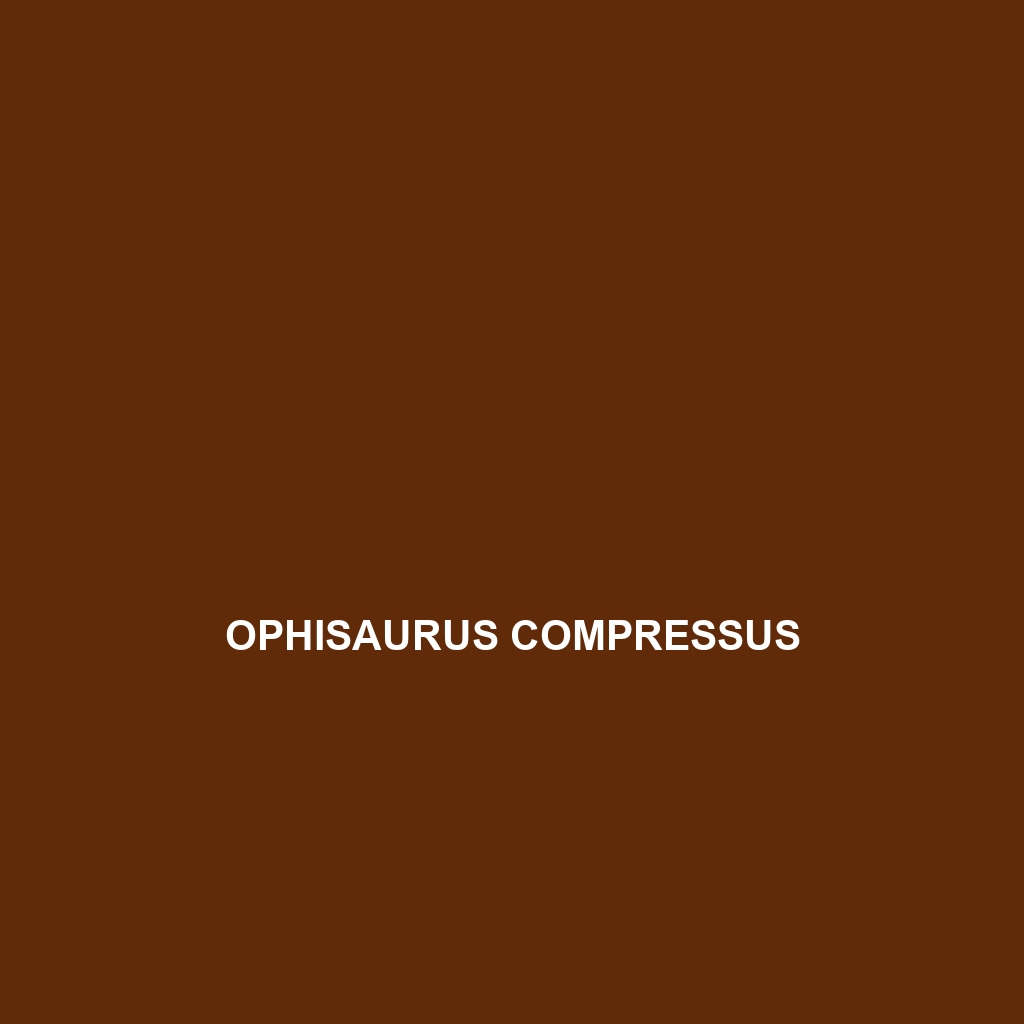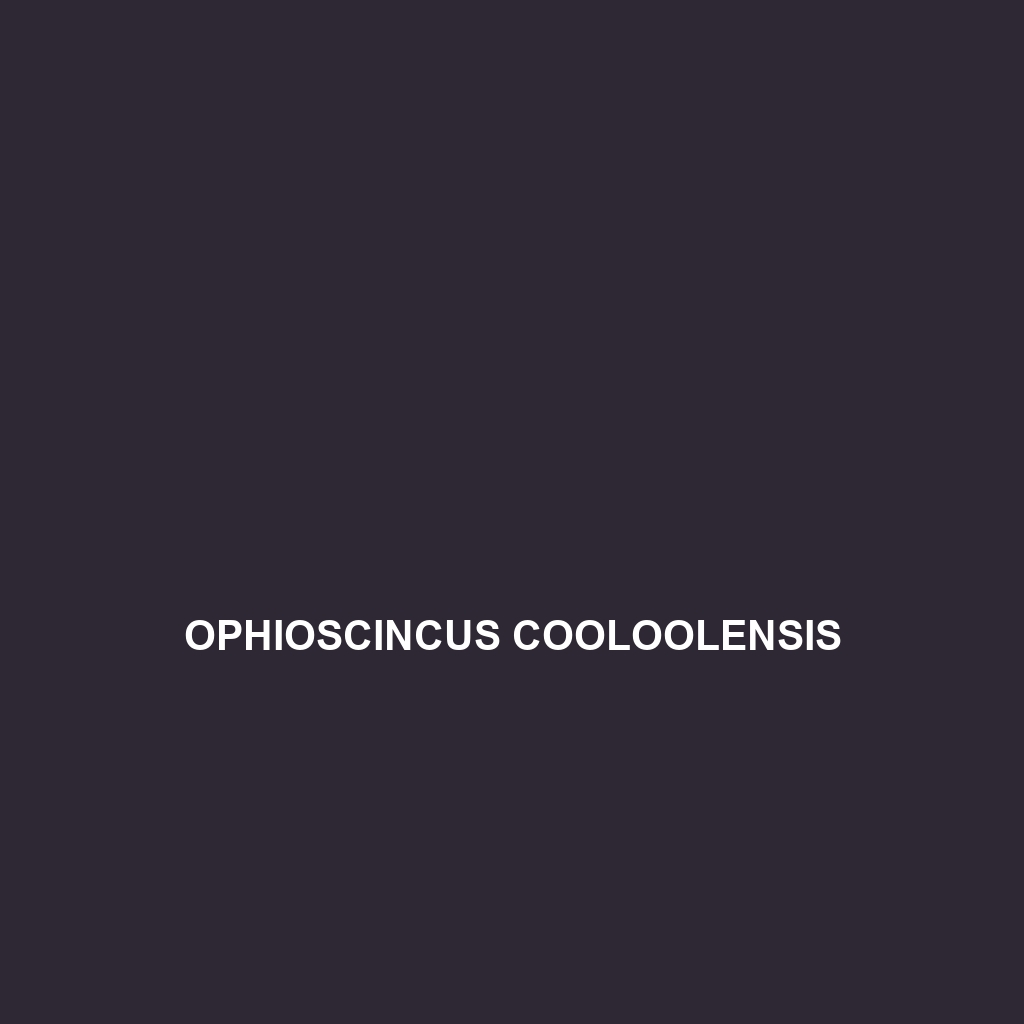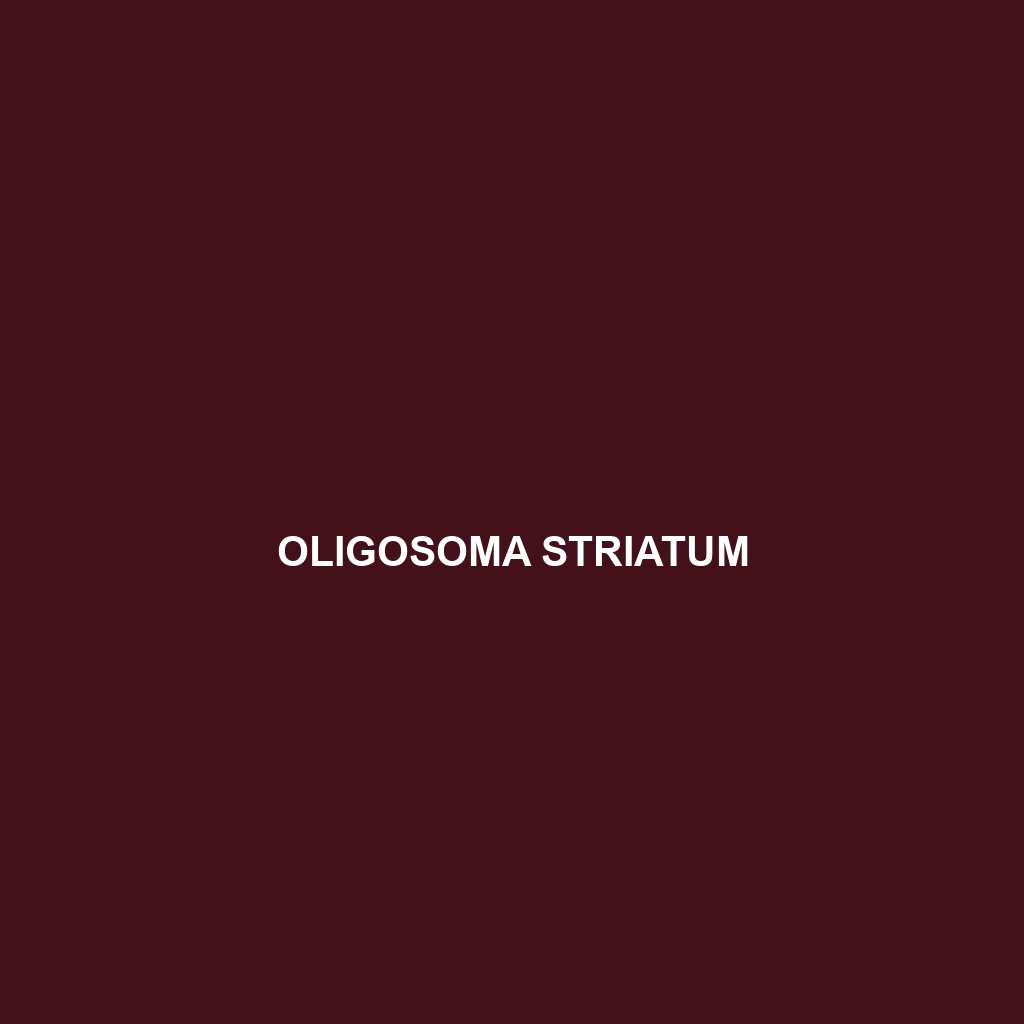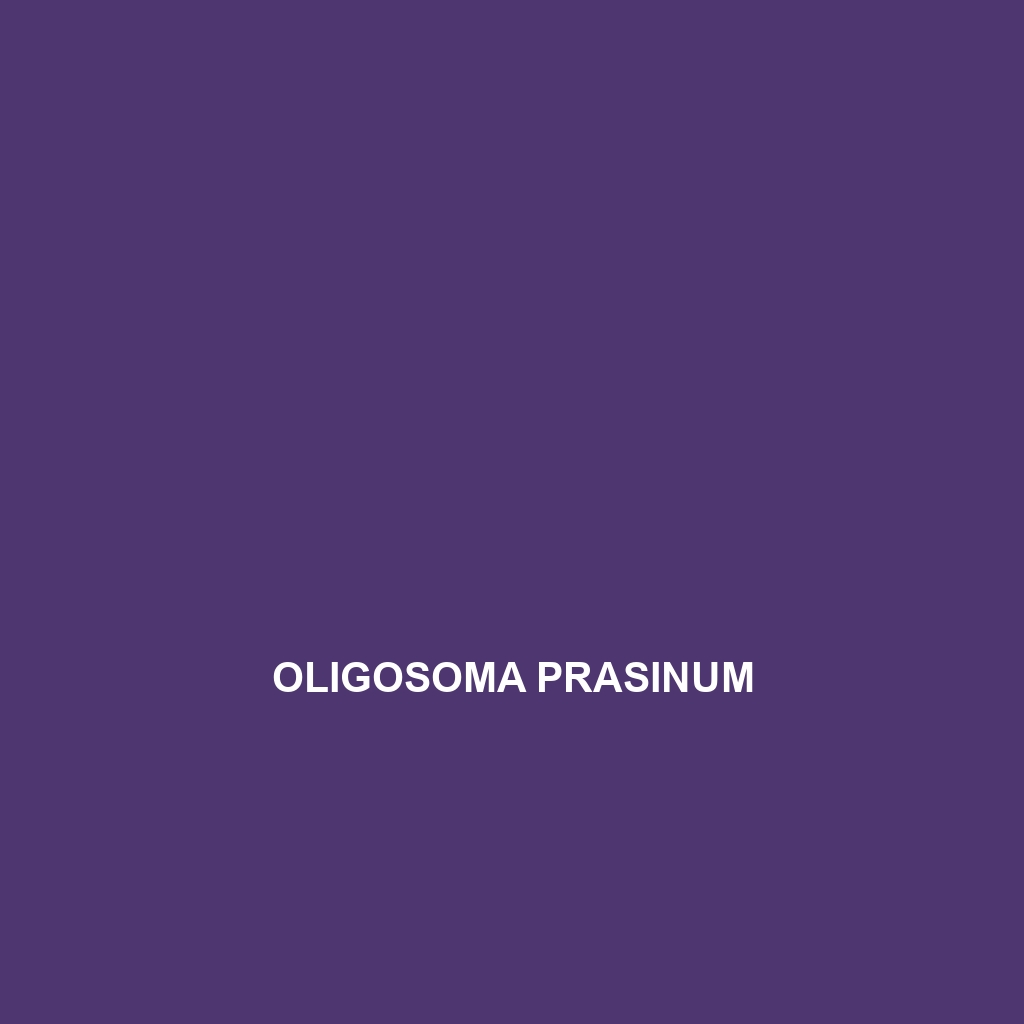Introducing the Eastern Glass Lizard (Ophisaurus ventralis), a unique, limbless reptile found in the southeastern U.S. known for its elongated body, vibrant coloration, and role as an insectivore in various habitats like grasslands and temperate forests. With the ability to mimic snakes and regenerate its tail, this fascinating species is essential for maintaining ecological balance.
Tag: reptile habitat
Ophisaurus ceroni
Discover the Ceron's Glass Lizard (<i>Ophisaurus ceroni</i>), a fascinating, limb-less reptile native to the eastern U.S. known for its elongated body, shiny scales, and vital role in controlling insect populations in temperate forests and savannas. With a diet mainly consisting of insects and a distinctive, glass-like appearance, this unique species thrives in sunny, sandy habitats.
Ophioscincus cooloolensis
Discover the Cooloola snake skink (Ophioscincus cooloolensis), a diurnal insectivore native to the subtropical rainforests and temperate forests of Eastern Australia, known for its elongated body, smooth glossy scales, and unique color-changing ability. This elusive skink plays a vital role in controlling insect populations while serving as prey for larger animals in its ecosystem.
Oligosoma striatum
The Oligosoma striatum, or striped skink, is a distinctive reptile native to New Zealand, recognized for its striking longitudinal stripes and adaptable nature. These diurnal skinks thrive in various habitats, primarily temperate forests and coastal regions, and play a vital role in controlling insect populations while reproducing live young.
Oligosoma stenotis
Discover the Oligosoma stenotis, or stout skink, a resilient species known for its adaptability across temperate forests and grasslands in New Zealand and southeastern Australia. With a robust body, muted coloration, and excellent climbing abilities, this diurnal insectivore plays a crucial role in regulating insect populations and maintaining ecosystem balance.
Oligosoma smithi
<b>Oligosoma smithi</b>, commonly known as Smith's skink, is a diurnal, insectivorous reptile found in moist temperate forests and grasslands of New Zealand. Characterized by its elongated body, smooth scales, and distinctive bright blue tail, this adaptable species plays a crucial role in maintaining ecological balance by regulating insect populations.
Oligosoma prasinum
The <b>Oligosoma prasinum</b>, or Green Skink, is a vibrant green lizard found in New Zealand's temperate and coastal rainforests, measuring 10 to 15 centimeters long. This insectivorous species exhibits nocturnal behavior, plays a crucial role in its ecosystem, and can adapt its coloration for camouflage and predator evasion.
Oligosoma newmani
Oligosoma newmani, commonly known as Newman's skink, is a vulnerable species found in New Zealand's temperate forests and grasslands. This nocturnal insectivore can grow up to 15 cm, features smooth scales with varying colors for camouflage, and plays a crucial role in maintaining its ecosystem through predation and soil aeration.
Oligosoma kokowai
Discover the vibrant Oligosoma kokowai, or red-skink, native to the temperate forests of New Zealand, characterized by its elongated body, striking red to brown coloration, and unique ovoviviparous reproductive method. This agile insectivore plays a vital role in its ecosystem by regulating invertebrate populations and serving as prey for larger predators.
Oligodon unicolor
<b>Oligodon unicolor</b> is a small, nocturnal snake native to the tropical and subtropical regions of Southeast Asia, known for its slender body, muted brown or gray coloration, and solitary behavior. This species plays a crucial role in its ecosystem by preying on small mammals and invertebrates, and is considered of least concern in conservation status, though it faces threats from habitat destruction.









